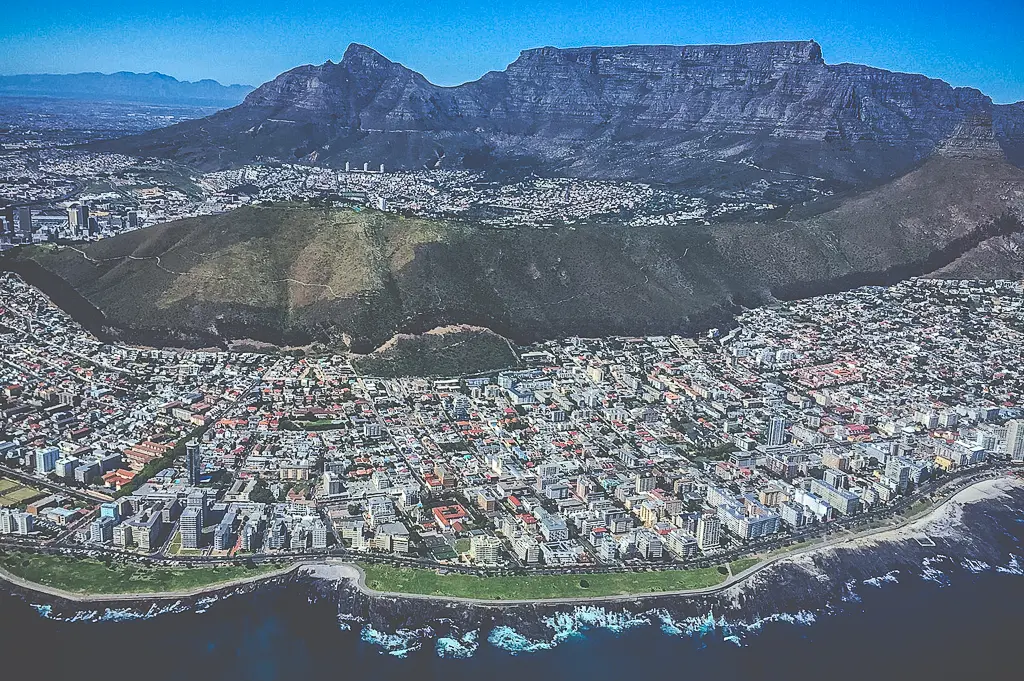
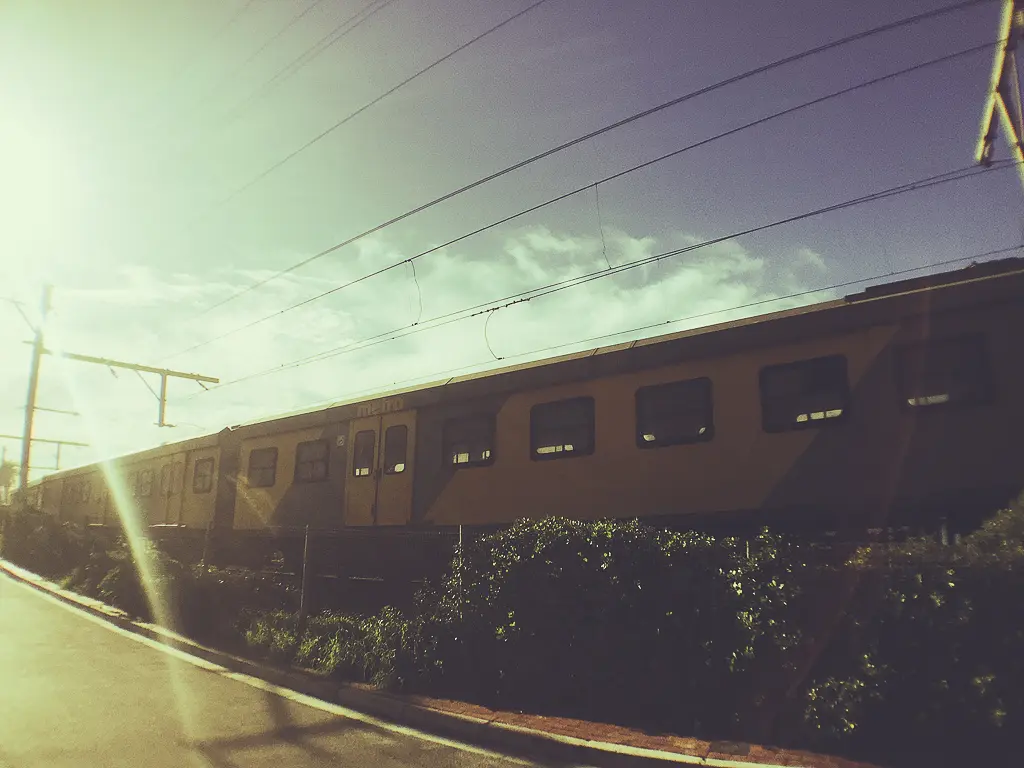
The crisp winter air moves over my cheeks as I tuck my scarf into my jacket outside strand street’s central train station entrance, a bustling transport hub of Friday morning commuters both local and international. Passing the delicate mosaics that depict the history of transport in the cape and beyond myself and some 300 000 other people will walk through these doors each day, revitalised after the world cup in 2010 now a free flow of transformed public space and informal trading. Weaving between bodies of the 08:00 am commute I make my way towards the Southern line, train number 139 bound for Muizenberg. The wheels squeal into a running start as we exit the station, clicks and clacks and wobbles along the Southern coastline tracks, easy to find an open chair this time of the morning with everyone concerned with getting into the city and not heading out of it. The real joy happens when you start to leave the edges of the city centre, heading out towards the coastline of False Bay. Bustling city noise breaks into leafy suburbs, the winter season creating rich palettes of brown and green between the flattening horizon of homes leading into the ocean. They may not always run on time, but the 50 minutes it possibly takes to get to my first stop for the day is worth sitting back and admiring without the hustle and rush through traditional traffic. And just before I have to to drift into a daydream brought on by the swaying of the carriage, there she arrives on the corner of the sea.
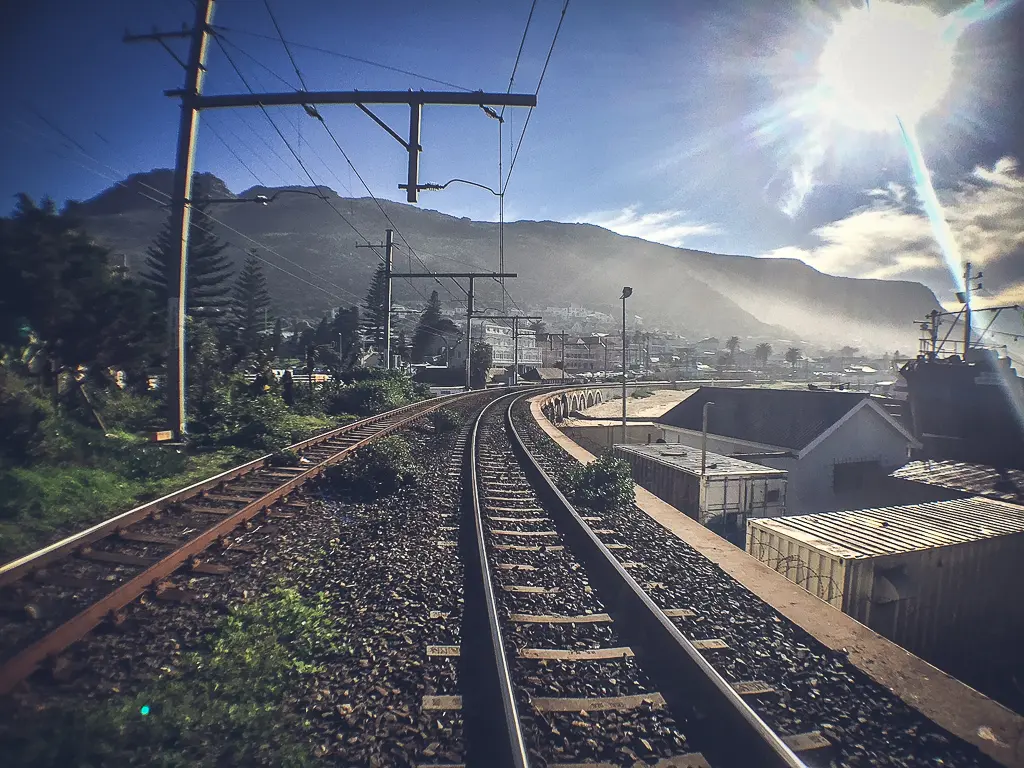
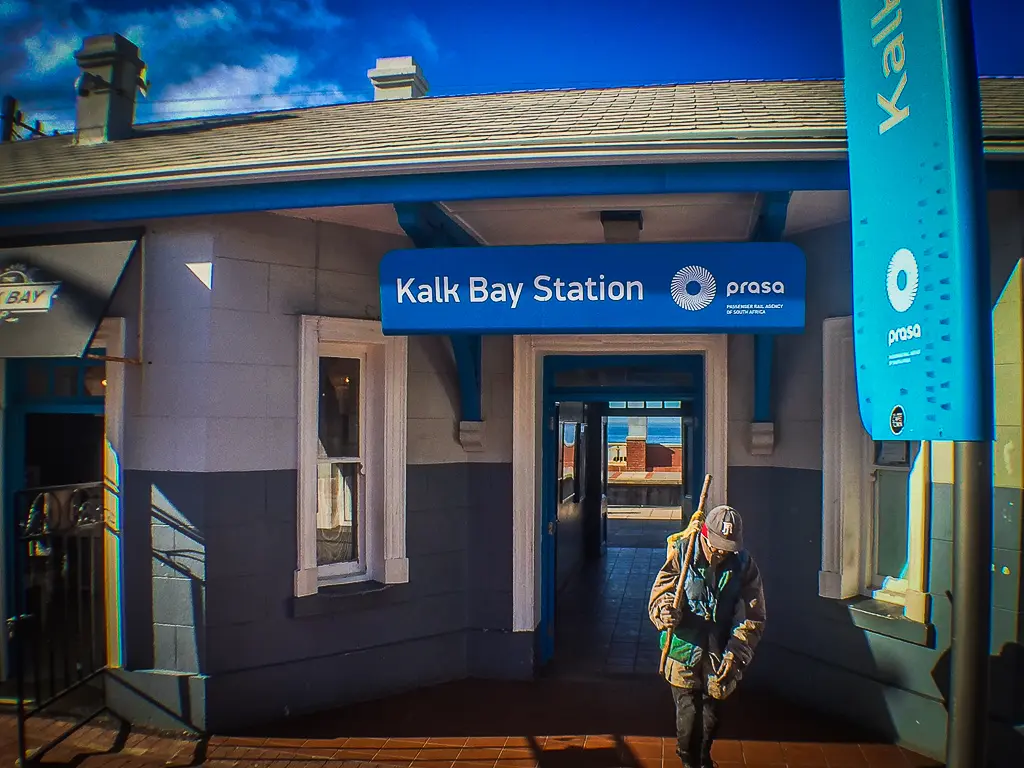
Muizenberg, sitting in the curve of the Cape Peninsula, is a seaside resort that for over a century has been the capes surfing heart center. The ?rst place where stand-up sur?ng was recorded in SA and a wave made famous by the cult classic of Bruce Brown’s “Endless Summer, a legion of long boarding 80’s hippies developing a surfing fraternity that has called Muizenberg home. It was here that, in 1919, Heather Price became the first South African to be photographed riding a wave while standing on a board and any surfer worth their salt will tell you that Cape Town in winter brings out some of the years’ best quality waves.
But I am not the best surfer, in fact I am no kind of surfer worth any kind of salt, but that will hopefully change today in a small way. I head down to the aptly named Surfer’s Corner, turning right outside of the old Edwardian station, the smell of ocean water and baking bread emanating from the array of stores and restaurants that have appeared between the traditional Herbert Baker styled houses inside this conservation area. My aim is to do a surfing lesson with Waves for Change, a programme that was developed to plug the gap in the provision of primary social care and emotional support for vulnerable young adults growing up in South Africa’s most violent communities. Surfing has some wonderful therapeutic benefits, not just because you are out communing with the ocean, which is always a good thing, but because some 400 children that have been affected by abuse and violence who come through the waves for change program receive essential support from the coaches, a change in some has started. Grabbing a wetsuit and heading out into the light foamy ocean, that is surprisingly warmer than the outside winter air, becomes more than just adding a fun activity to my day out, and I can never fault supporting a good cause.
It’s surprising how being out in the water lulls you into a sleepy and yet incredibly hungry state and after just two hours of falling in the surf with my arms flailing in multiple directions I have worked up a serious hunger. Learning a new skill is not always easy work, and even though I might not be standing to ride the waves with the best of them, the appreciation for natures craftsmanship in creating these perfect curls of water there for you to ride is not lost.
“The thing you cannot show is that fantastic speed and feeling you get in the pit of our stomach. It’s the kind of wave that makes you talk to yourself,” Endless Summer, the movie.
By the time the beautiful, tingling sensation of muscles worked and bundled out of wet wetsuits into cozy jerseys and jeans I am happily talking to myself about the waves in my future, the thrill of being able to try and one-day stand for the first time, something that will keep me coming back again and again. Back through the side streets to the train station to continue on the Southbound line only a hop away towards Kalk Bay to forage for steamy, hot food to fill a gap.
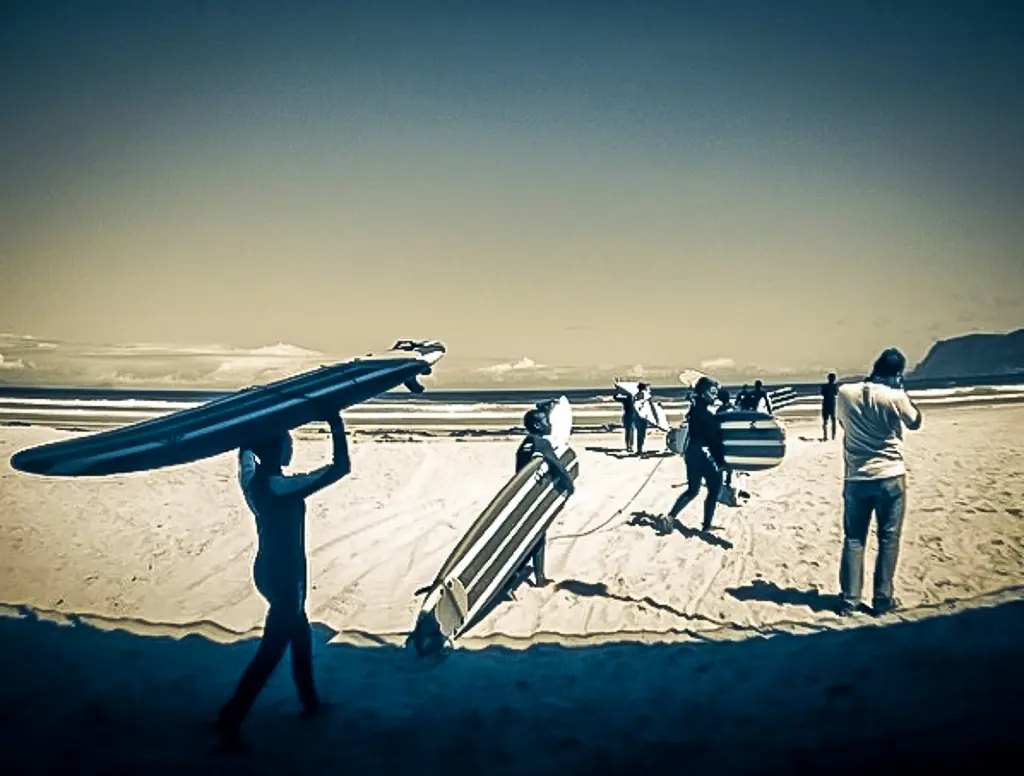
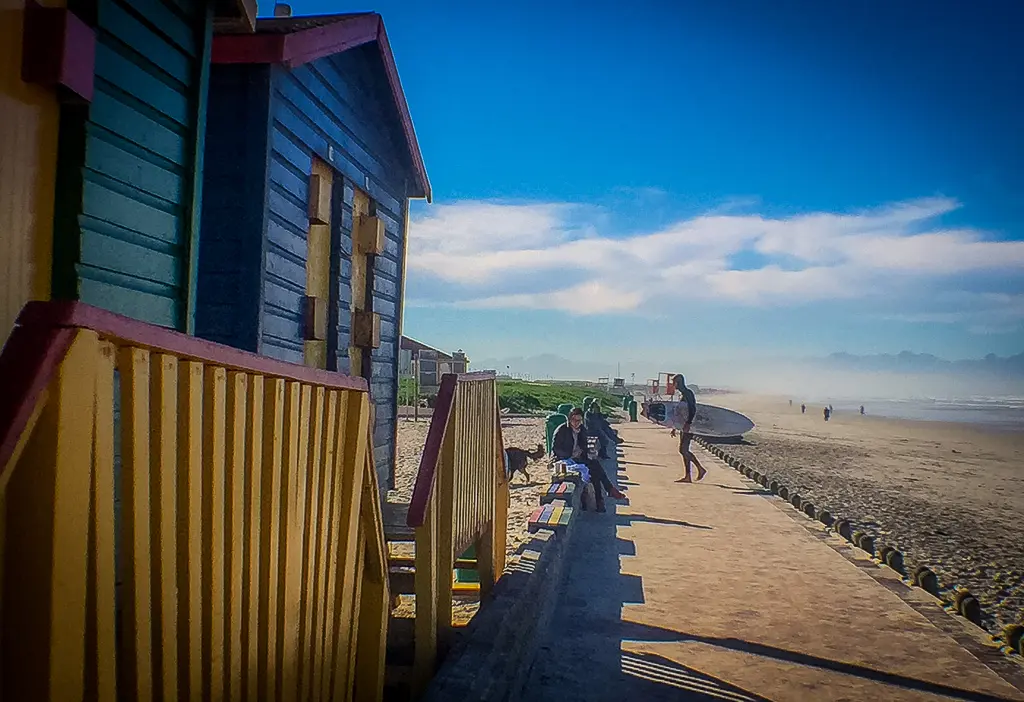
Leisure and labour live side by side in this fascinating little fishing village, an ex port for the Dutch in the 1700’s and home to emancipated slaves from Batavia, Java and Malaysia in the 1800’s to todays low key fisheries operations and antique, fashion, art and restaurant bric-a-brak shops. The walk along the road towards the harbor is filled with odds and ends, passing by Kalk Bay book shops, the famous Olympia Café (known for all things baked and scrumptious) and The Ocean Deck where I stop in to check if the Yoga classes have open up for a session, just incase my poor muscles need a stretch from the morning’s surf lessons. Kalk Bay’s streets are bustling with locals and tourists, winter jackets and beanie’s of varying shapes and colours bobbing in and out of nooks and crannies on the hunt for some antique bargain.
But food must be had, so I amble along the railway lines edge, towards the sounds of seagulls and sellers collecting inside the small harbour. Snoek is the winter fish of the Cape, a long bodied, silver, sharp teethed ‘kraafontein crocodile’ that is intimately tied to the ecology, history and culture of the Western Cape. Living in the temperate waters of the southern hemisphere generations of fishermen have gone to sea to gather up their catch using hand lines and small bits of rubber to cover their fingers as this ferocious fish twists and turns. ‘Snoekies’ I remember them being called, the middlemen who gather up the catch and ply it from the roadsides across the cape to land up in local households to be pickled, braai with marmalade or mulched into pate, a staple in many homes kitchens.
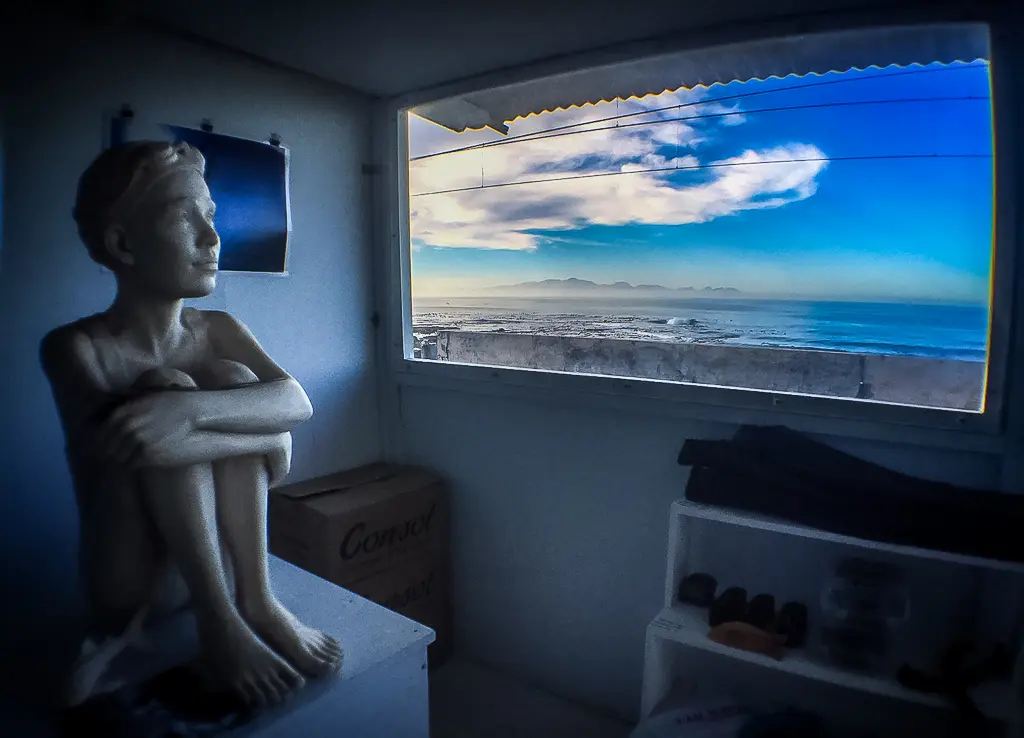
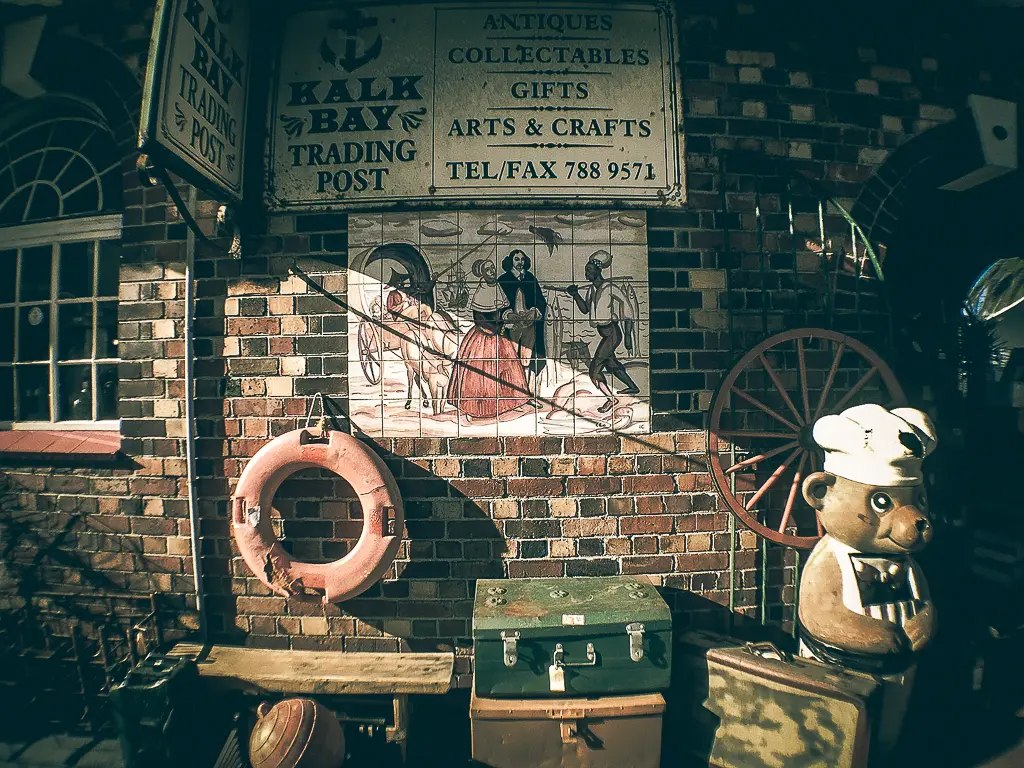
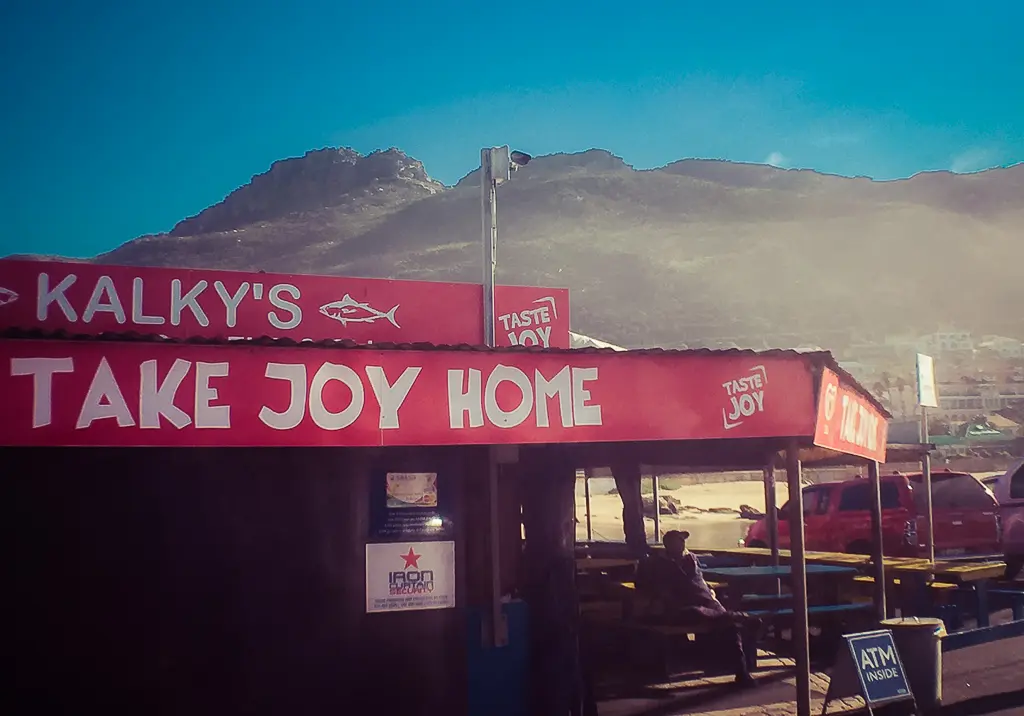
Sure there is the stylish Live Bait restaurant for tapas and Harbour House if table cloths and linen is more your thing, but Kalky’s, with it’s rich lashings of vinegar on hot-to-the-touch chips washed down with crispy fried sustainable hake amidst the shouting of waiters and fish sellers, is all a I can want in life. The saltier the better. Satiated, I stroll along the harbour wall, the resident giant cape seal barking and snorting its derision that it is not being thrown any fish scraps from the slabs of the fish cleaners. When my husband was a baby he and his father would come here to throw a fishing line over the harbour wall, along with lines of other men, to catch shad fish.
The sun starts to dip into the Atlantic and I walk back towards the station, flowing with the crowds and traffic back into the city for a night on the town. It’s cold, but it’s not that cold.
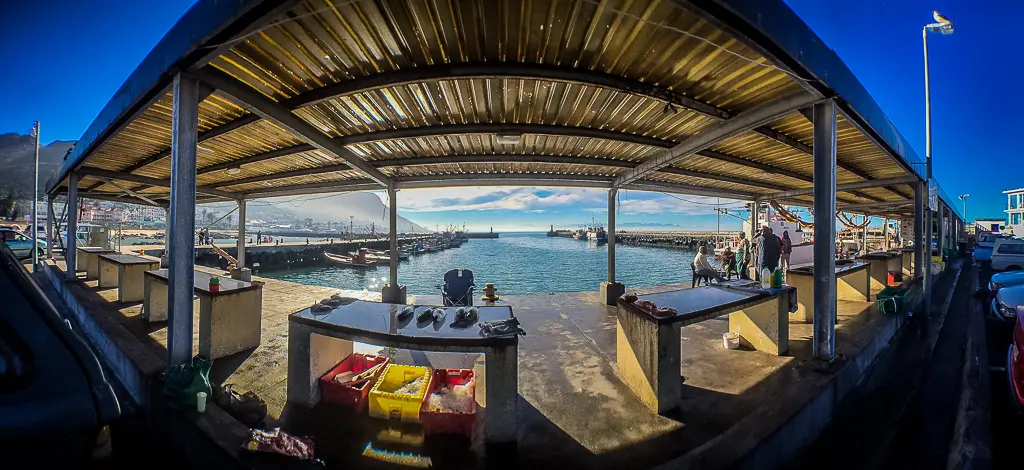

The evening lights perk up the buildings as the Fugard Theatre sneaks a peak through attractive brick work on the corner of Harrington Road. Named after Athol Fugard, South Africa’s most significant and internationally acclaimed playwright. Tonight they are showing a play by director and creator David Kramer called ‘Kanala, District Six,’ a poignant homage to celebrate the memory of the people and place that was declared a white group area in 1966 and over 60,000 people had their life destroyed under the Apartheid regime. Sober and delicate but filled with Kramer’s ability to crate a unique sense of place and music I exit the theatre and pass by the windows of the next door salsa club, sliding in to pass some hours in dance or thought while lithe and athletic men and women spin across the dance floor, warming me up instantly from the cold breeze outside. It could rain, it could not, but either way is fine by me.
….
Saturday morning starts and after a night of sweaty dancing a piece of quite contemplation and relaxation is called for. Opened in 1908 Long Street Baths on upper long have Turkish steam rooms, the women’s only admittance for the morning luring me out of the early morning cold streets and into a wall of hot steam.
Afterwards I rush into my uber, steamed and pressed and ready to explore the city centre. First stop is the Old Biscuit Mill, a red bricked standout in the artsy and rejuvenated area of Woodstock. It’s Saturday and if I am not early enough I know there will be no parking along the tight street corners, but that wont be a problem for me. Tucked inside the Mill is the the Neighbourgoods market, jam filled with the young and hip, the odd wandering plebe scouring the lanes of handcrafted local goods and seasonal winter food delights. Sure, the Biscuit Mill market is one of the more well know markets in the city, but as far as great SA inspired fashion goes this is the spot for all things locally glamorously crafted. It is also where the infamous Test Kitchen, currently sitting at number 61 on the Worlds Best Restaurants list of 2016 and the best restaurant in Africa-intrigued? There is always the sister restaurant, the Pot Luck Club, to tempt you away from the stands of baked, roasted and toasted pieces of the fresh food section of the market. Being a newly christened surfer I sneak out the main gate, just opposite on the right hand side of the street to Bantu Wax, an African original surf and beachwear company creating board shorts and bikinis inspired by traditional African textiles. Founded by Yodit Eklund it seeks to break the clichés of blonde, blue-eyed surf babes with images from Africa’s own surf culture and what has been produced from that are funky – unique for the next time out on the water.

A short ride late I pull out my phone as I stand outside of Atlas Trading Company spice shop in Bo Kaap. Logging on to my Voice Map app the sounds of storyteller Shereen Habib fill my ears, her laughter and personal stories of an area she calls home, built on the slopes of Signal hill with a rich and colourful history as the multi coloured walls of each house. I remember to bring my headscarf so as to avoid offending anyone when I enter the mosque on the hill. It’s an easy hop over the streets from here down to the Two Oceans Aquarium. A little bird has told me that they have a brand new exhibit, a first of it’s kind in South Africa to boast a ten-meter-long tunnel where you can learn about the ocean life that makes this country so special, and when rain is potentially threatening and the lure of heated walls and an education into the underwater world that I plan on spending some more time in while the winter waters are so inviting is not something to pass on lightly.
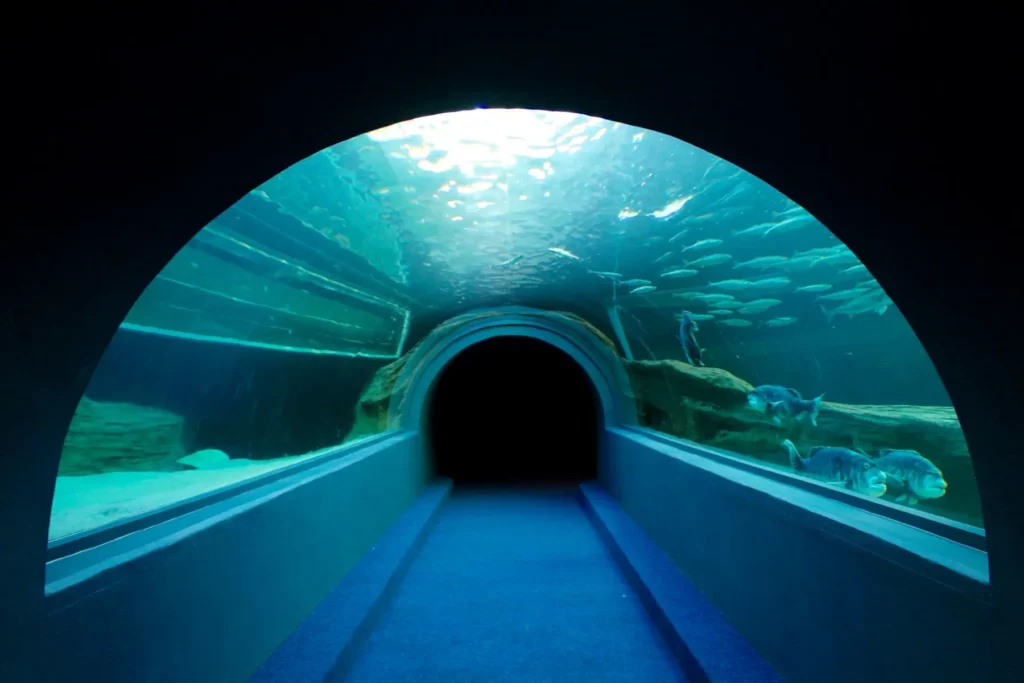
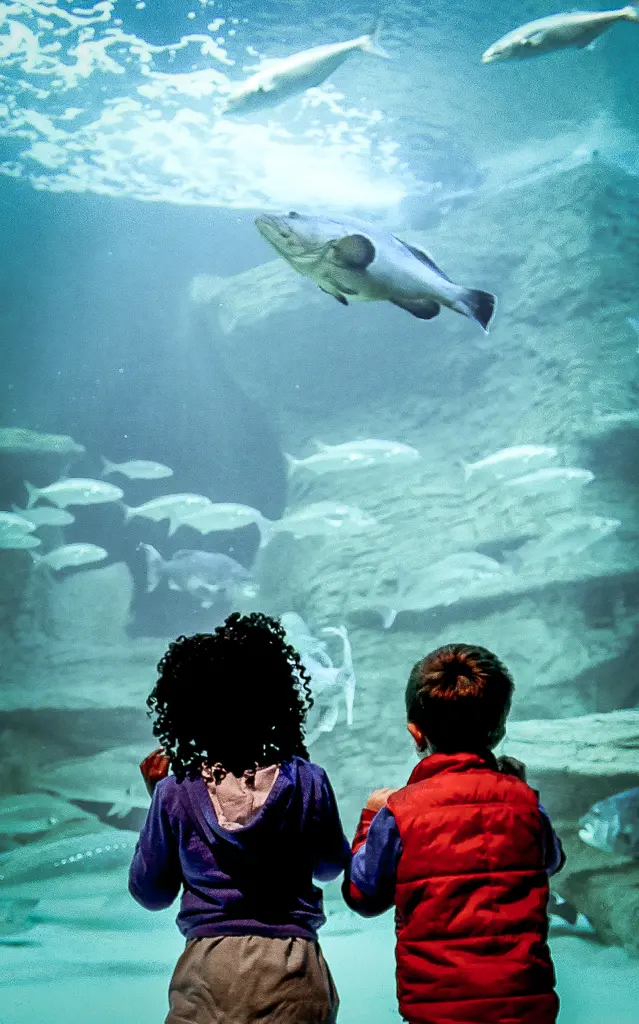
Dusk comes over the mountain and it’s officially been 48 hours in my city, light winter rain settles in over the mountain as I wander along the fan walk back into the bustling city centre down Buitenkant street to tuck myself into the nearest available table at Tigers Milk, off Long Street. The night is coming alive with Saturday party goers, the winter months holding more promise of finding a good drink and food special outside of the heavier tourist season, nooks and crannies filled with warming fires and wine beckon. Some will wile away the evening hours over the lines of tables, the quirky modern hipster decorations and craft beer on tap swilling around wooden platters of delicious roast leg of lamb pizza and Jack Daniels-spiked chocolate mousse. As for me, Alice through the looking glass is screening at the Labia Theatre, an old Italian Embassy ballroom that for the past 37 years has served as the cities alternative movie circuit.
My night ends with popcorn and wine amongst the old-world ambience of a city I call home, the perfect winter escape.
This post is part of the #blogathon #helloweekend
for Cheap Flights , Cape Town Tourism and Travel Concept Solution
